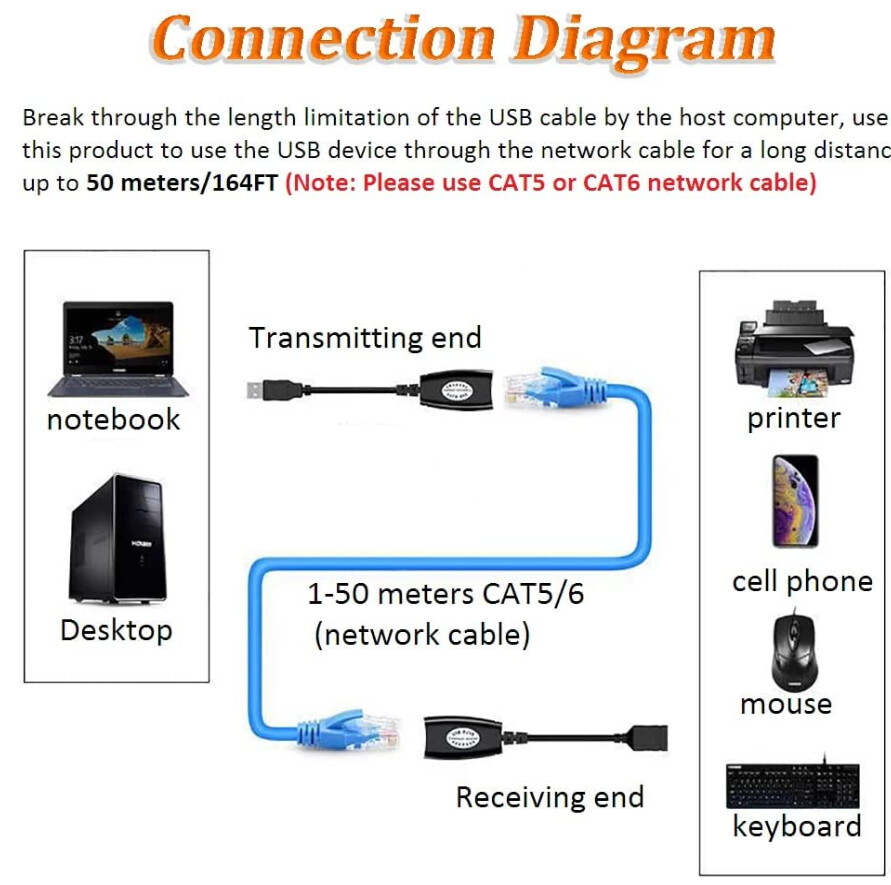@bogdan.sv Do not, just DO NOT do that! Even if that sounds logical to you now it is such a bad idea for many reasons!
The Zigbee Gateway host application software (regardless if it is the Zigbee2MQTT or the ZHA integration) uses serial communication to connect to the Zigbee Coordinator adapter which requires that to be a 100% stable connection to the host because Zigbee stack application firmware running on use a serial protocol that has never been designed to be robust or resilient enough to handle packet loss (dropped packages) or latency delays, as Zigbee is meant to practically function very close to a real-time network protocol its designers expect a serial connection to be local and directly connected thus they simply not built in fault-tolerance for such edge scenarios. Note that even the network-attached Zigbee Coordinator running on the same local-LAN and same site as the Zigbee Gateway host software is a dirty workaround. Best practice is to use a USB connected Zigbee USB radio adapter if possible (even if need to use a very long USB extension cable). That is why it is not even recommended to connect a Zigbee Coordinator over Wi-Fi, see warnings about connecting a remote adapter in documentation for Zigbee2MQTT and the ZHA integration:
- https://www.zigbee2mqtt.io/advanced/remote-adapter/connect_to_a_remote_adapter.html
- https://www.home-assistant.io/integrations/zha#warning-about-wi-fi-based-zigbee-to-serial-bridgesgateways
What you instead want to consider doing is to buy another Raspberry Pi or similar for the second location to install another local instance of Zigbee2MQTT on that site and connect it to the Zigbee Coordinator directly (on the same site). If you have multiple sites with Zigbee then you need a local Zigbee Gateway instance with its only directly connected Zigbee Coordinator at each site.
Again, preferably using a USB connected Zigbee Coordinator. Network-attached Zigbee Coordinator solution does introduce additional complexity and introduce your LAN as another SPOF (Single-Point-Of-Failure) for your Zigbee network setup, and I therefor personally believe that in most use bases it will be easier to just use either up to 5 meters / 15 feet shielded USB extension cable or if even longer USB extension distance is needed you can achieve up to around 30 meters by using inexpensive “USB Ethernet RJ45 Extender Adapter” converters which easily and practically convert any single CAT5e/CAT6 shielded Ethernet cable with RJ45 connectors into a very long USB extension cable, (note that 30 meters or 100 feet is the recommended maximum length for USB 2.0 data traffic over a passive cable). See for example these USB extension solutions:
PS: Another tip is to note that the Raspberry Pi 3 is no longer recommended for Home Assistant OS as it is a little to slow, so suggest buying a better computer to run Home Assistant OS on for the primary site and then repurpose your Raspberry Pi 3 to only run Zigbee2MQTT on the second site (again with a Zigbee Coordinator on the same site).
